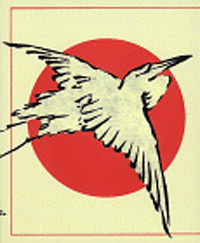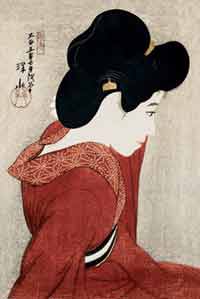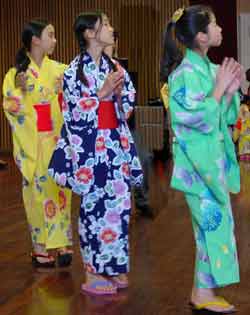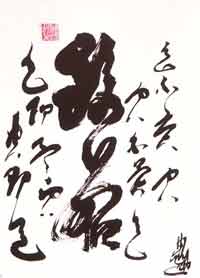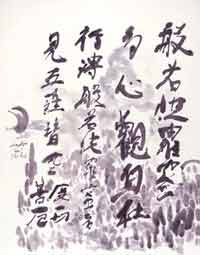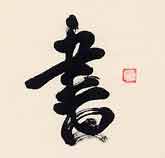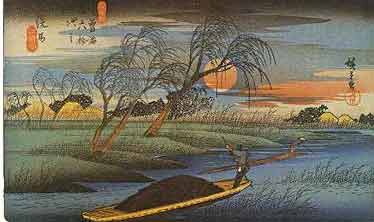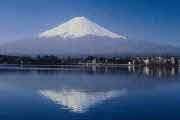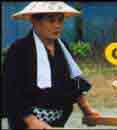|
|
|
|
|
|
||
|
||
|
Form is emptiness |
||
|
Mono no awareŻ |
A
purple flower |
|
LiteratureEarly
Japanese literature was heavily influenced by
Shamanism,
Buddhism
and
Confucianism. The early literature,
which began as an oral tradition, depicted a
love of nature and man and held that man was a
part of nature. Good was rewarded andevil was
punished and values like loyalty to the King,
filial piety, respect for one's elders, true
friendship and chastity were emphasized. |
||
|
||
|
Classic Japanese
Literature |
Japanese
Fairy Tales Folk
Stories from Japan |
|
|
||
|
|
||
|
The Japanese are classified as the Mongoloid (the 'yellow' race) along with Korean, Chinese, Native Americans, Mongols, Eskimos, and so on. The Yellow race makes up 33% of the world population. The Caucasoid (the "white" race), including the Australian aborigines, Arabs, Indians, Polynesians, and so on, accounts for 59% of the world population, while the Negroid (the 'black' race) accounts for only 8%. It is believed the Negroid and Caucasoid are more closely related than the Mongoloid, which gave rise to the regionalism hypothesis whereby the Mongoloid has evolved from homo erectus while the Negroid and the Caucasoid have evolved from a common ancestor homo antecessor. The Mongoloid has dry earwax while others have wet earwax. No one knows exactly where the Japanese came from or who they are. It is believed that the humanoid - human-like creatures - appeared about two and half million years ago and that the humans as we know today, homo sapiens sapiens, came into being some 35,000 years ago. Although the oldest known writings - written language - date back only 5,000 years at best, we can 'read' our history by studying fossils, our DNA, geological data, cosmological data, our language, and so on, and from these records, we can determine the origin, or rather the prehistoric history, of the Japanese race. |
||
Compiled by: Glenn Welker
